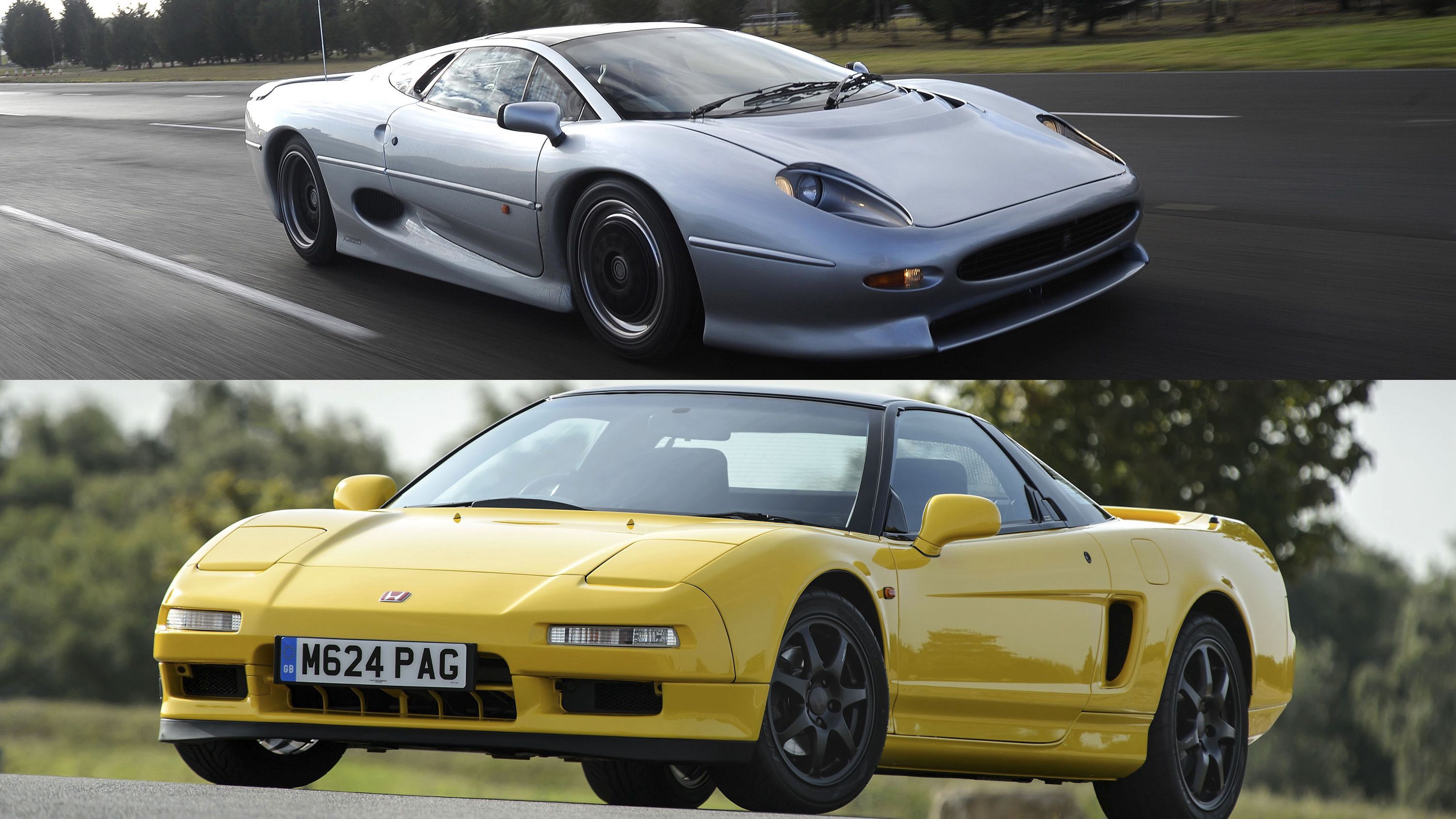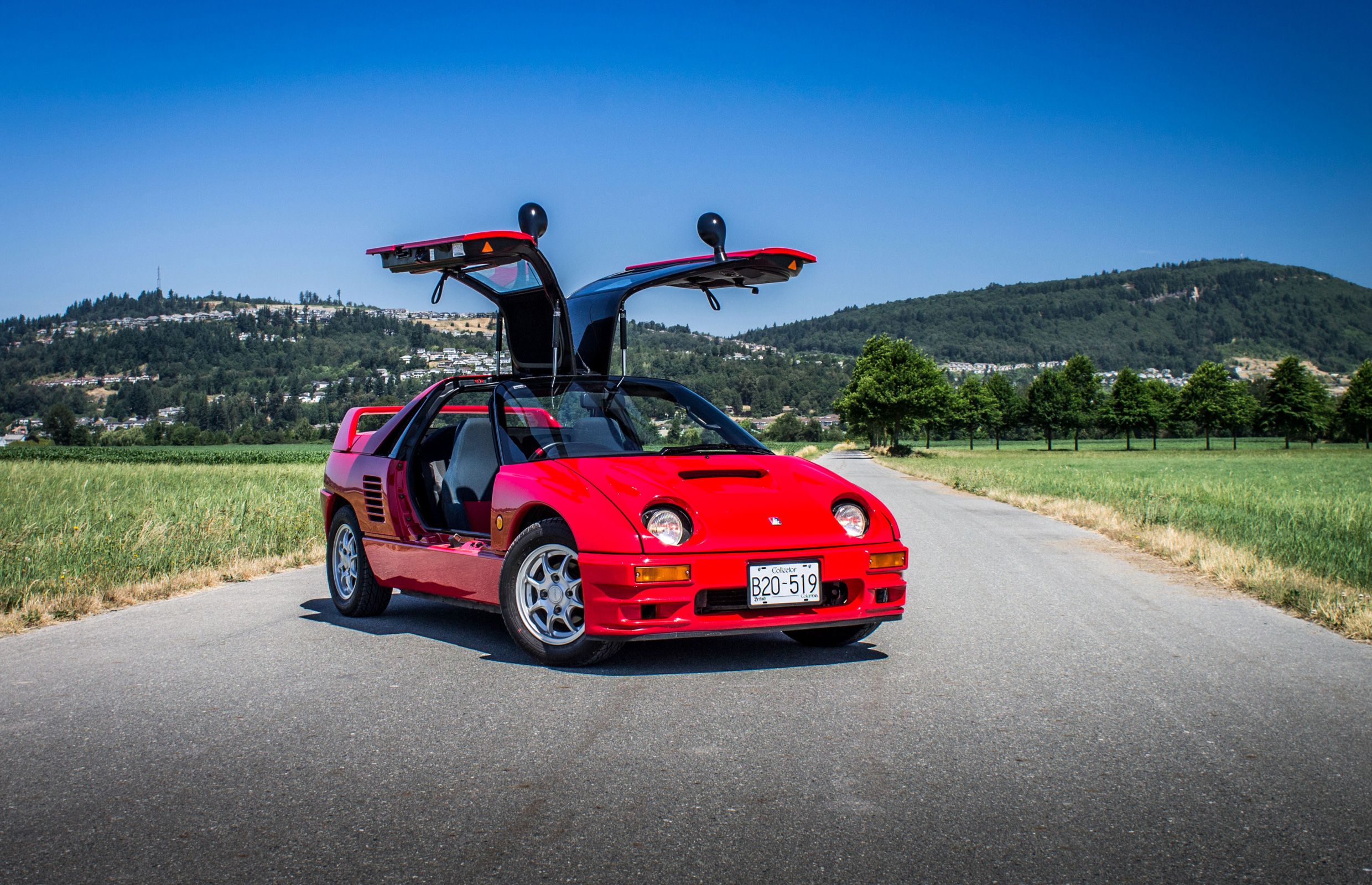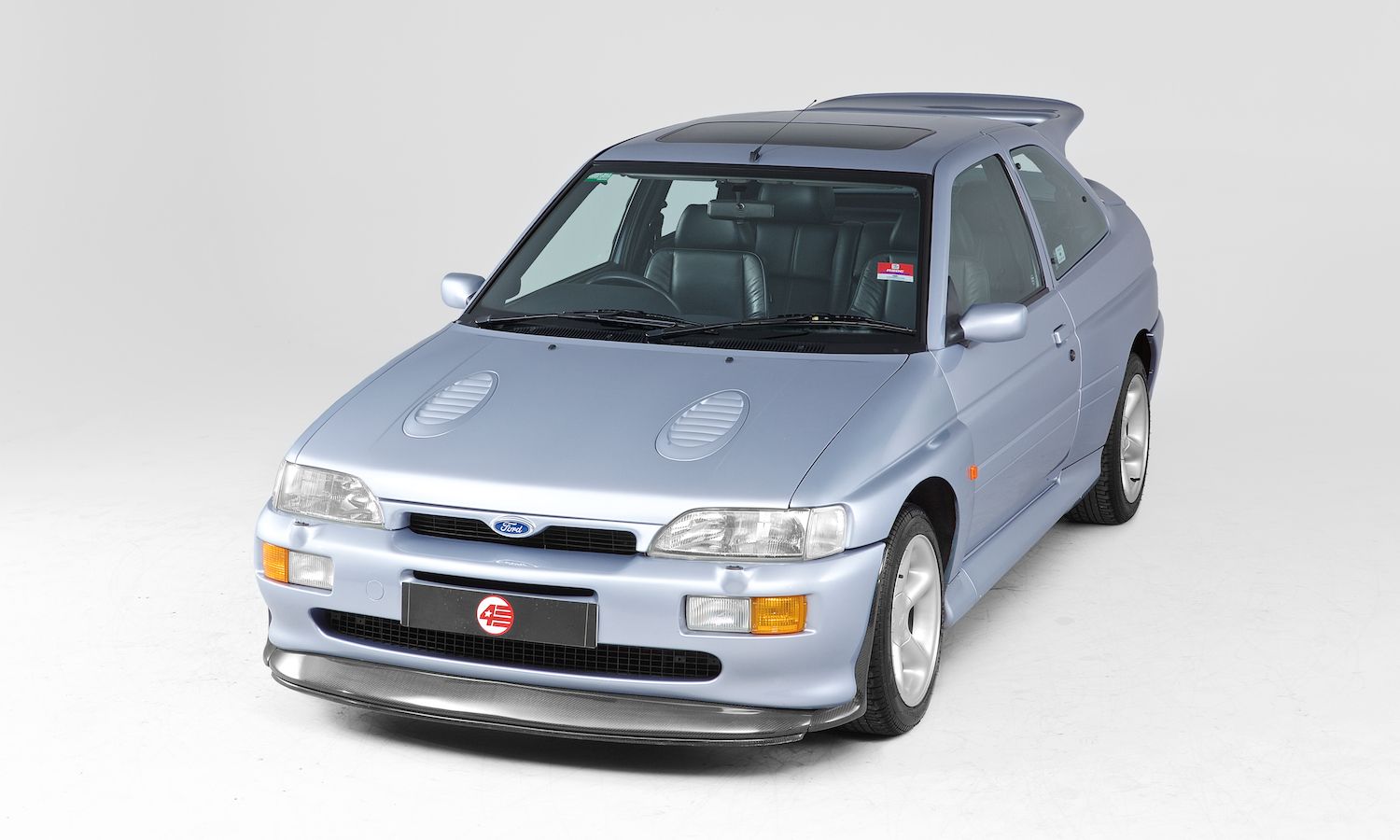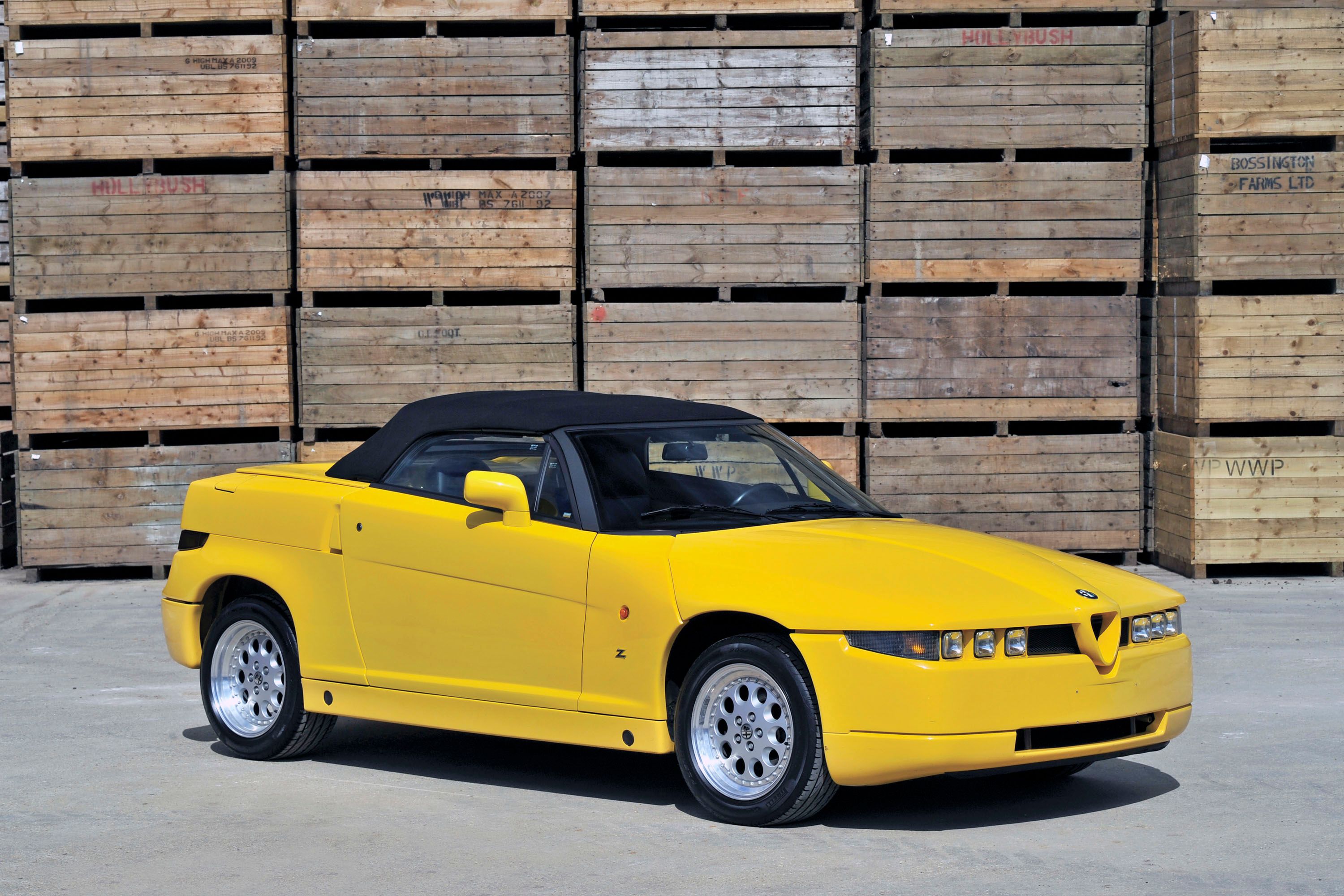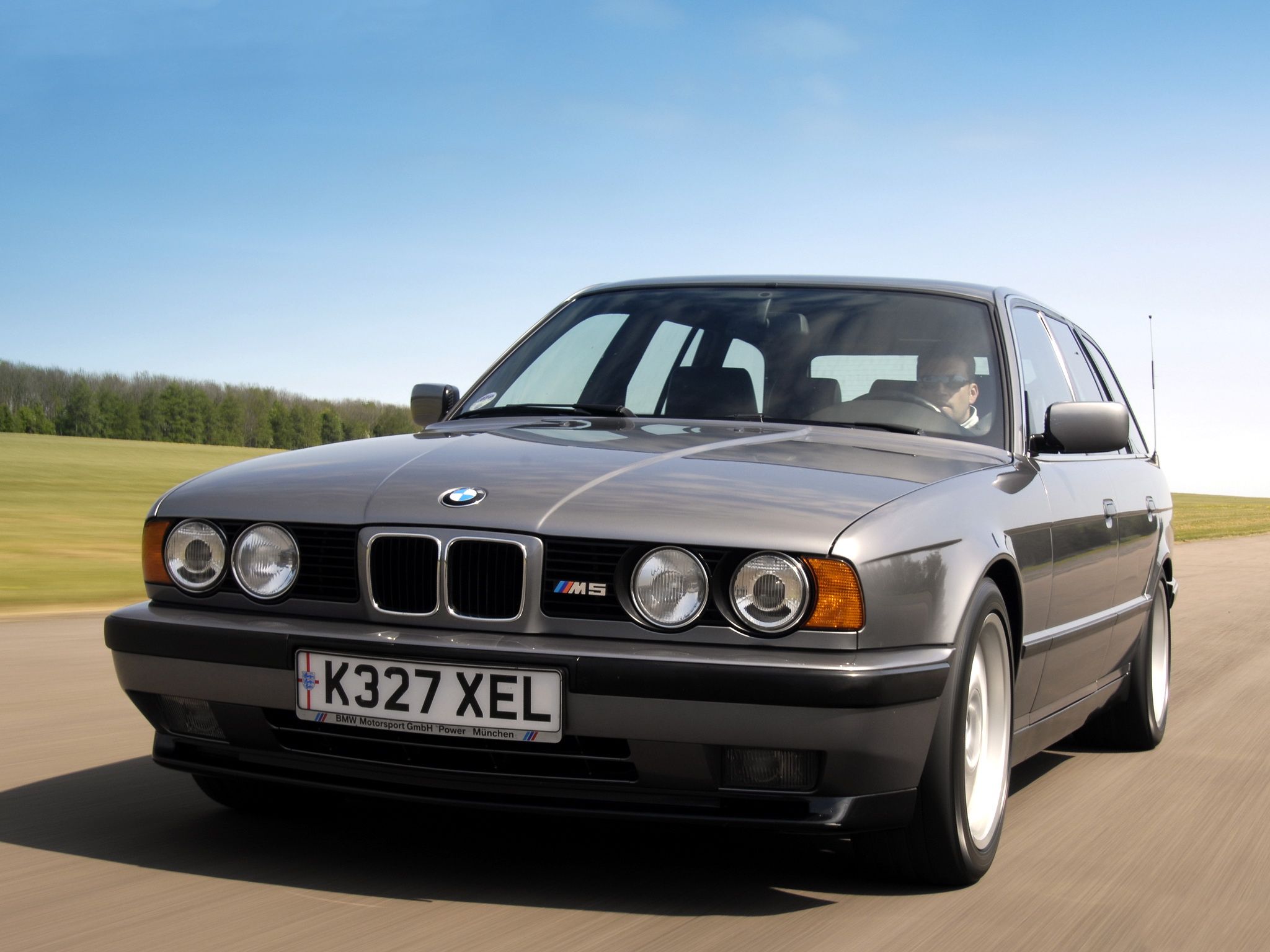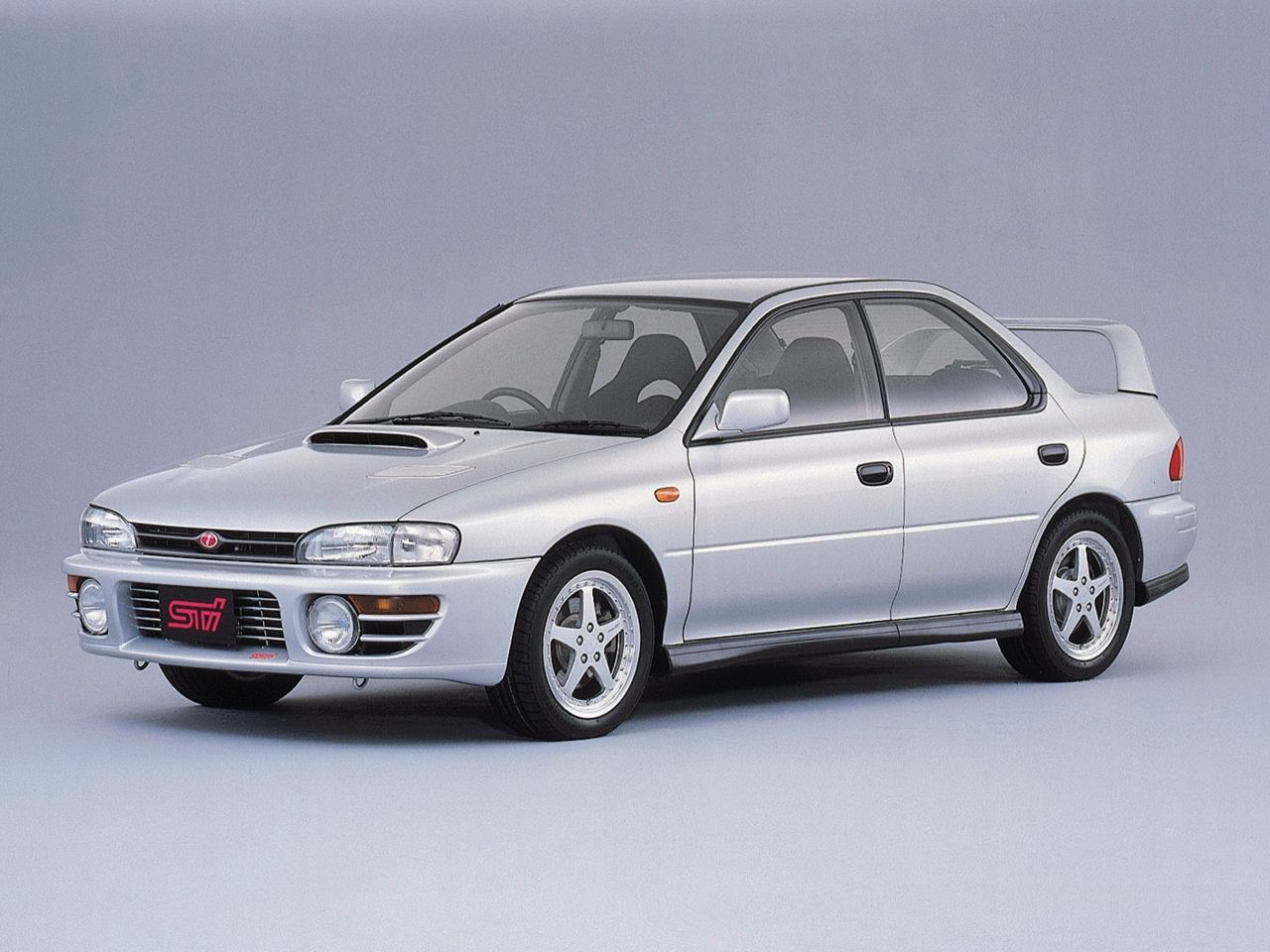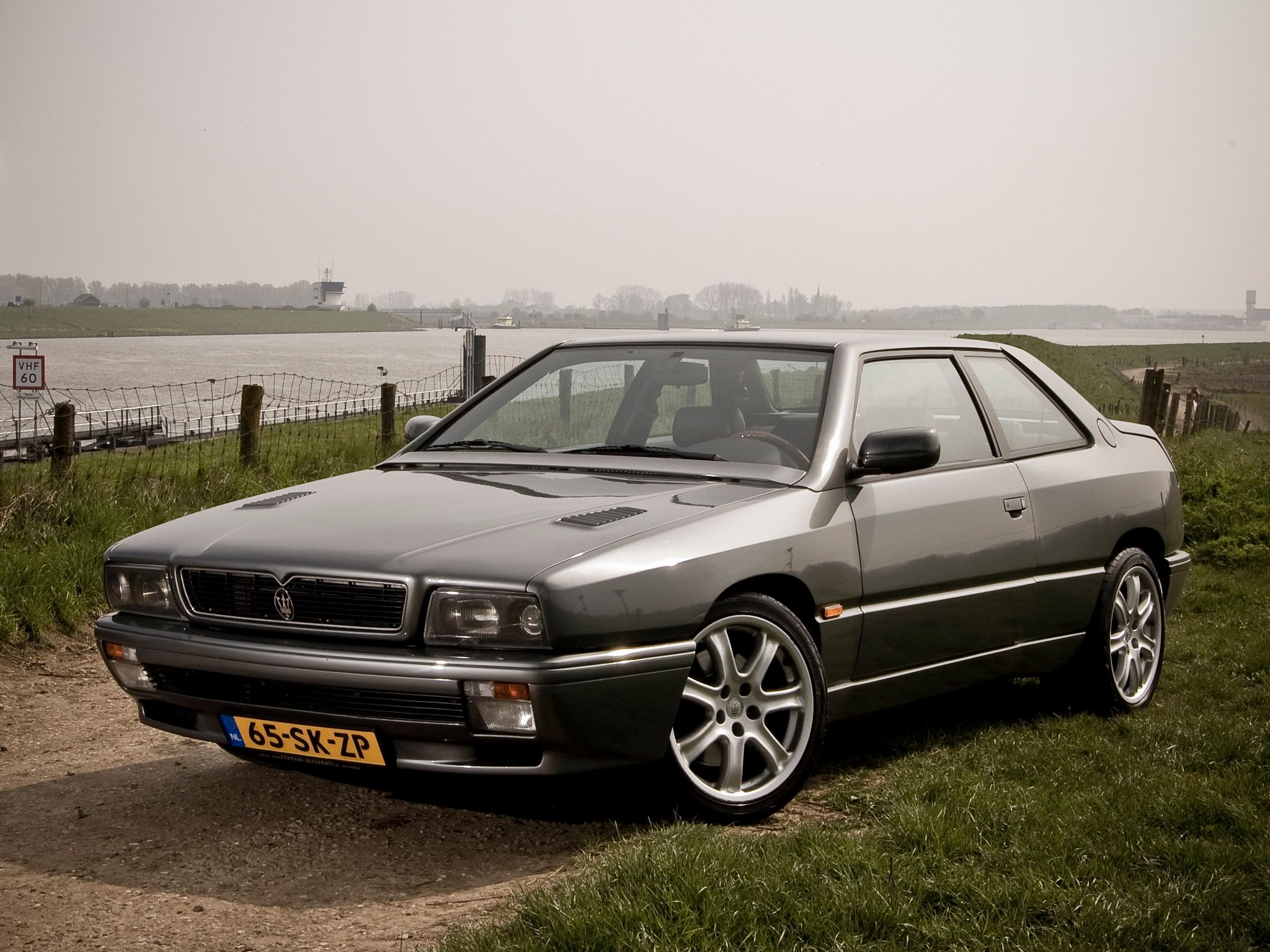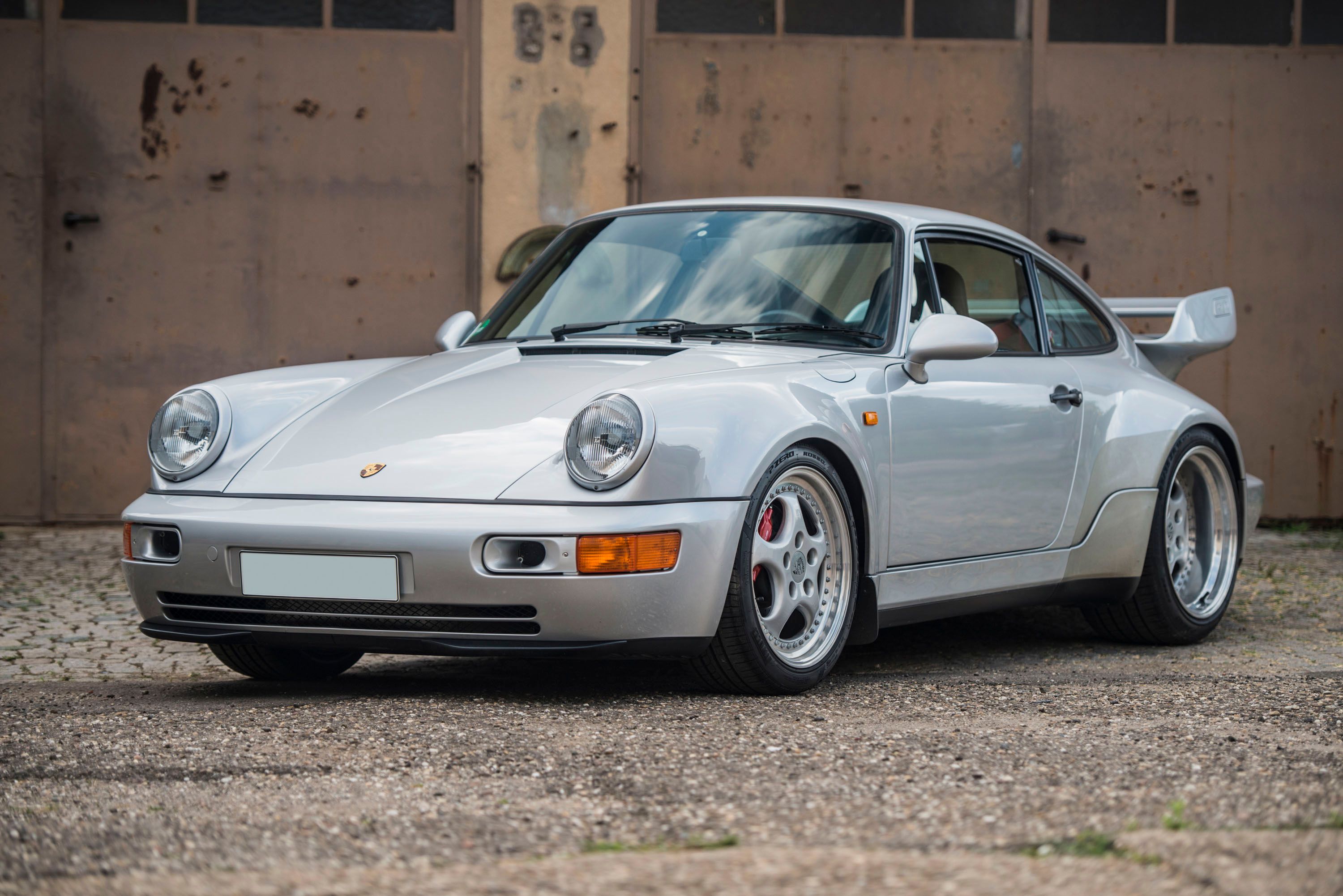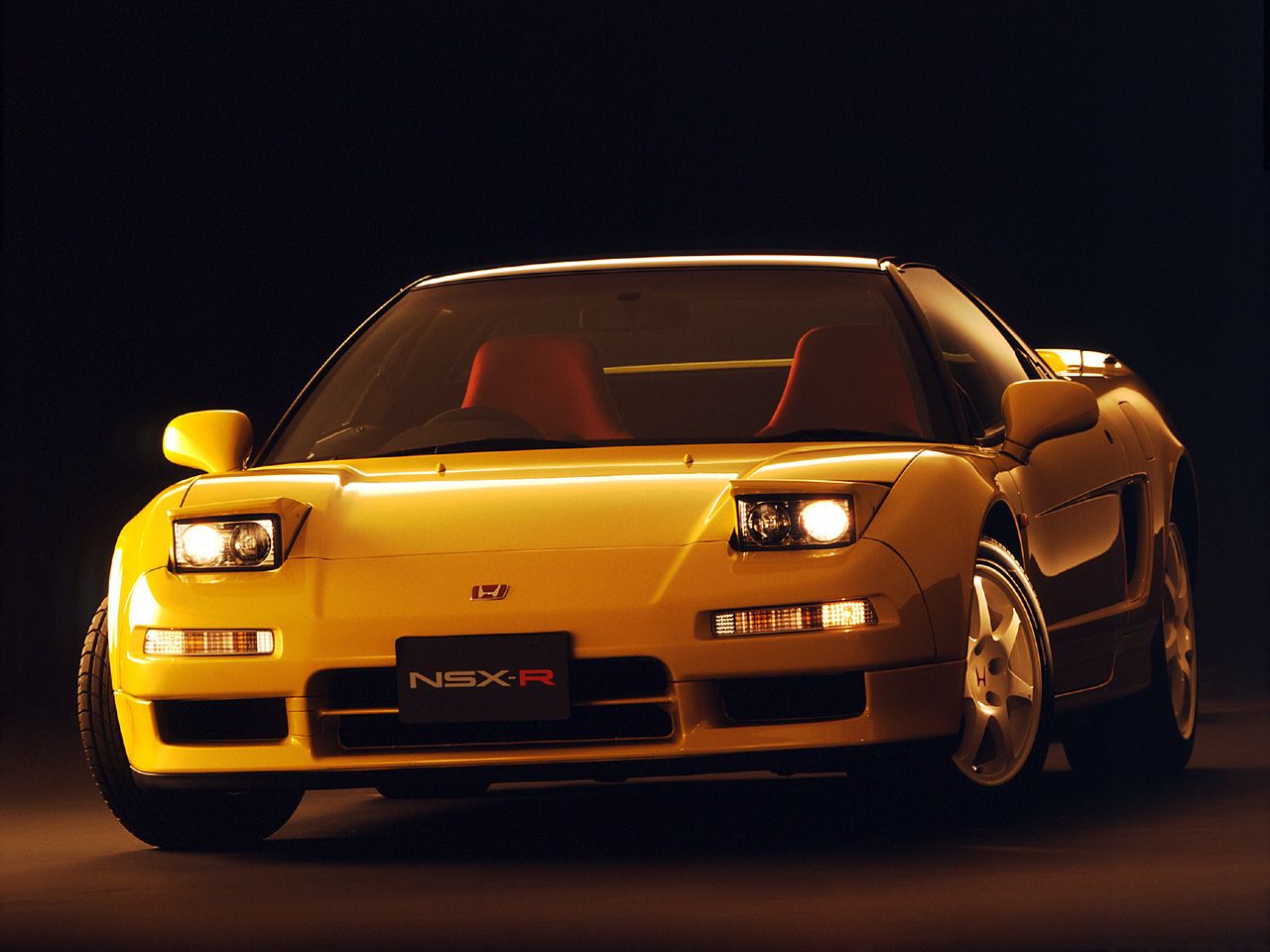“25” may seem like a random number in the auto industry, but ask any self-respecting collector in America the significance of this number, and they’ll tell you all about it. For those who don’t know, “25” in this context means “25 years,” as in the number of years that need to pass before a car that was not originally produced in the U.S. and was not subjected to strict U.S. guidelines for crash tests can now be legally imported and registered for road use.
The rationale behind the NHTSA's 25-year timetable has left many collectors confused and frustrated. The word “overkill” has even been used many times by a number of collectors we talked to. But that’s the rule; it is what it is.
The good news is that every year, a batch of these forbidden fruits become ripe for the picking by virtue of them finally meeting the 25-year criteria imposed by This year, car models from 1992 finally got their “welcome to America” status. Whether there’s still interest in any of them is a different story altogether. The important thing is that they can now be registered for road use here in the U.S., giving them the opportunity to finally touch thousands of miles of roads that were previously forbidden to them.
Continue after the jump to read the full story.
Autozam AZ-1
Let’s start this list with a complete oddity. The Autozam AZ-1 is the rare car that manages to be cool and strange at the same time. It traces its roots to Mazda’s short-lived Autozam marquee, which specialised on building small cars, otherwise known as keicars in that market. In the five years that Autozam was around, it developed a full lineup of these cars, one of which was the AZ-1. It’s hard to tell what the AZ-1’s defining feature was because there’s enough of them to go around. It could be the gullwing doors. It could be its mid-engine layout. Heck, it could even be its flamboyant styling. Whatever it was, the AZ-1 was ahead of its time in a lot of different ways.
Mitsubishi Lancer Evolution
Technically, the Mitsubishi Lancer Evolution has already made its way into the U.S. market. But that didn’t happen until 2003 when the Evo VIII became available. Unfortunately, the first seven versions of the street-legal rally car remain unicorns in the American market, at least until this year when the first iteration of the Lancer Evolution turns 25 years old. It’s now legal to register the OG Evo in the U.S., and the next few years should also open the doors for succeeding versions of the all-wheel-drive hero ride when they hit their respective magic numbers.
Ford Escort RS Cosworth
The Ford Escort RS Bosworth sits in the same wheelhouse as the Mitsubishi Lancer Evolution in that both trace roots to the rally racing world. Like the Lancer Evo, the Escort RS Bosworth was homologated for road use in 1992. It even received a good number of Cosworth bits and pieces, including the iconic YBT engine that has developed a cult following of its own. That engine was capable of producing 227 horsepower and together with its top-flight handling and all-wheel drive capabilities, it was able to run on any kind of surface and speed up to around 137 mph. Having been built by Ford of Europe, the Cossie never made it to the U.S., at least until this year when all 1992 models received their 25-year entry cards.
Alfa Romeo RZ
Alfa Romeo has produced its share of memorable cars in its history, but very few captured the hearts and wallets of people like the RZ convertible. Designed in collaboration with Zagato, the RZ featured dramatic styling that emphasized the stylistic strengths of the Italian design house. It also came with a 3.0-liter V-6 engine that produced 210 horsepower, enough power to help make it a serious performer on the road. Combine that with the car’s race car-derived hydraulic suspension and those who are willing to spend time and money to bring the RZ to the U.S. could have a car that can grab serious attention.
BMW M5 Touring
The BMW M5 Touring is not the sexiest car in this list. It might not even be the most prominent of its body type (more on that later). But it makes its way here because it achieved unicorn status when its sedan counterpart made its way stateside in 1992. That model went on to do well here in the U.S., but those who preferred the wagon version we’re out of luck. That all changed when the calendar flipped to 2017. Sure, it’s 25 years too late for the M5 Touring, but it’s worth noting that the car’s classic look still makes it a desirable piece of vintage BMW. It also doesn’t hurt that it’s powered by a straight-six engine that produced 311 horsepower.
Subaru Impreza WRX
As awesome as it is to own a 1992 BMW M5 Touring, I’m not taking it over a same-year make of the Subaru Impreza. It was back in 1992 when the first versions of the Impreza came to life, and the performance-spec WRX variants quickly became sensations to every market they were sent to. Sadly, the U.S. was shut out from getting the OG Impreza WRX, depriving us of a car that featured a number of rally-inspired technology, including an all-wheel drive system, a stiffened suspension, and a turbocharged four-cylinder engine that came with 240 horsepower. 2017 is the first year that we can get our hands on the car that started the WRX legacy. Now that the opportunity is here, expect a lot of collectors to try to get their hands on one.
Maserati Ghibli
When Maserati introduced the third-generation Ghibli at the 2013 Shanghai Auto Show, it brought back a name that the Italian automaker hadn’t used since 1998. That was the last year of the second-generation Ghibli’s six-year production run, which began in 1992. The second-gen Ghibli will never upend the first-gen version in my mind, but if you’re looking for a four-door performance sedan from the early 1990’s to buy, few offer the kind of stories that the second-gen Ghibli has. Its persona non grata status in the U.S. for the past 25 years may be its defining trait, but it also came with some notable features, including a 2.0-liter V-6 engine that produced in excess of 300 horsepower and 275 pound-feet of torque. Thanks to a standard six-speed manual transmission, the second-gen Ghibli was capable of sprinting from 0 to 60 mph in 5.7 seconds on its way to posting a top speed of 156 mph.
Porsche 911 Carrera RS (964)
The Porsche 911 Carrera RS (964) is a good example of a car that should be bought and registered as soon as it became eligible for road use in the U.S. It's not as iconic as its predecessor, but it’s still the real deal. Emissions and safety regulations prevented us from enjoying it when first came out, but now that it’s been unshackled, you can get one this year in all its glory, including its 3.6-liter flat-six engine that produced 256 horsepower. In the event that you’re looking for one, you need to be quick at it because the model is already making a good case for itself as a sought-after collectible among Porsche collectors. Just last year, a 1991 Carrera RS 964 sold for around $200,000, roughly the same price you’ll have to pay for a brand new Porsche 911 Turbo. Now go imagine what the 1992 model will fetch in the same setting.
Honda NSX-R
The last two cars on this list are without question the most desirable ones to get. First up is the Honda NSX Type-R, or NSX-R for short. You’ll get varying opinions about the original NSX-R, but those opinions most likely fall under the awesome and really awesome categories. Not only is the NSX-R regarded as the model that really brought to life Honda’s Type R brand, it also set a standard for performance cars that’s still held in high regard to this day. It doesn’t have mind-blowing power numbers — “only” 276 horses from a 3.0-liter VTEC V-6 engine — by today’s supercar standards, but everything else about the NSX-R is still impressive even by today’s standards. It was 256 pounds lighter than the standard NSX. It had a cabin that came with lightweight carbon-Kevlar seats. It had forged-aluminum Enkei wheels. It even had a stiffened chassis and suspension that made it potent on the track. The NSX-R’s legacy is cemented by its current status as a sought-after collectible among car collectors. It’s next to impossible to find one of these models today carrying anything less than a six-figure price tag.
Jaguar XJ220
It’s only fitting that the holy grail of the “batch of 1992” is one of the first modern supercars to capture the world’s attention. The Jaguar XJ220 was, at one point, the fastest production car in the world. That record-setting achievement was largely due to a twin-turbocharged 3.5-liter V-6 engine that produced 550 horsepower and 475 pound-feet of torque. With that kind of power, the XJ220 was able to sprint from 0 to 60 mph in just 3.6 seconds and reach a top speed of 212.3 mph. The supercar’s stranglehold on the “fastest production car” title even lasted for a few years until the McLaren F1 came along and beat it. That’s not a diss on the XJ220, but a compliment to how impressive of a supercar it really was. It took the McLaren F1, arguably the most important supercar of the modern automotive era, to usurp the XJ220 as the fastest production car in the world. To say that the Jaguar XJ220 is sought after in today’s collector’s scene is a gross understatement. It’s already reaching six-figure price tags on account of its status (only 275 were made) and history, and as the years go by, those prices will only go one direction: up, up, and away.

